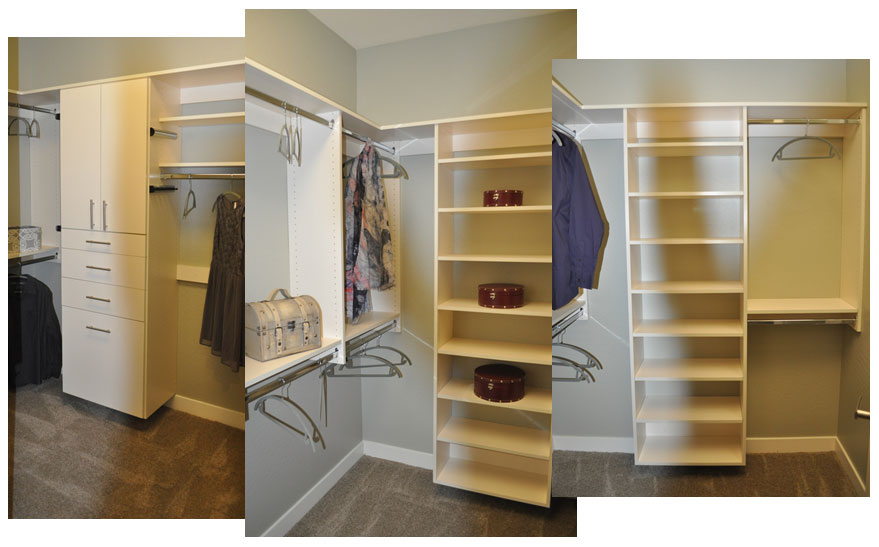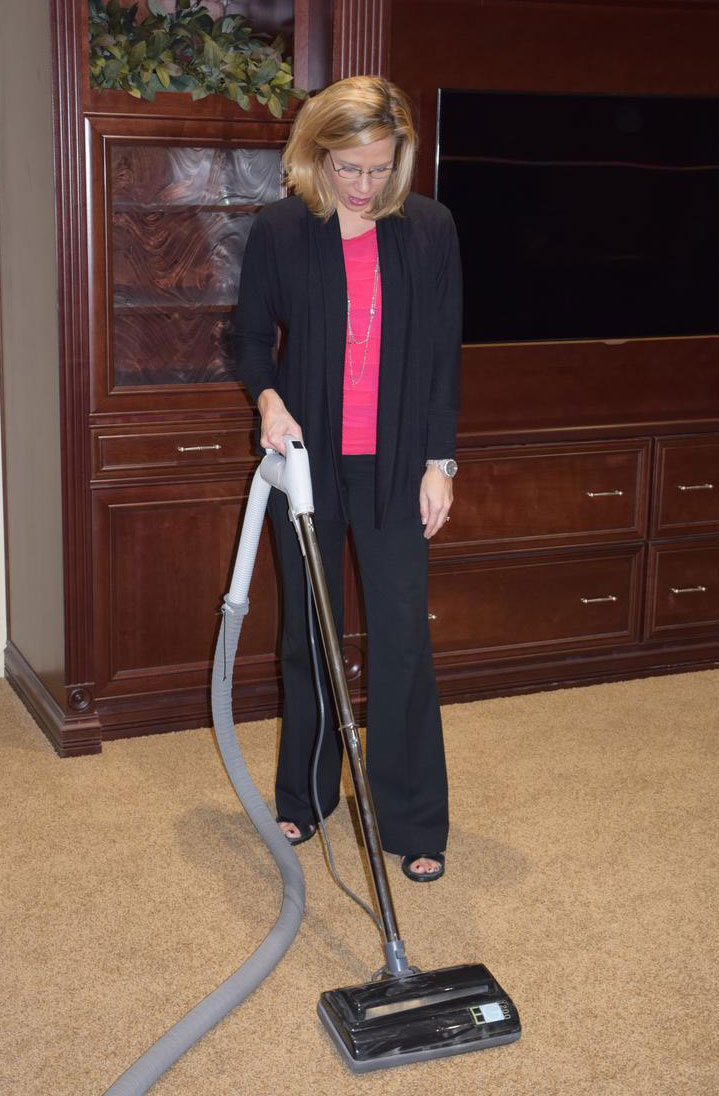
Baskets can be one of the most useful and stylish storage pieces that you can use throughout your home. They are versatile and functional items that can work in practically every room of your home. Whether you prefer baskets or bins, we have seven ideas that can transform the way you currently view storage in your home.
Seven Creative + Useful Ways to Use Baskets:
- Guest Bedroom Necessities.
Creating the perfect oasis for your guests begins by establishing a stress-free, relaxing environment for them to enjoy. Let your guest’s minds go to ease in the guest bedroom by having a place for everything. Supply baskets and bins for them to put their belongings and store guest room essentials inside of the baskets. To help their stay feel like a vacation, you can place a soap, razor, towel, lotion, toothbrush, and loofa inside of a basket for them to enjoy.
- Living Room Essentials.
Living rooms tend to be an open space where everything is out in the open. To help transform the current organization system in your living room, you can use baskets. Decorative baskets are perfect for storing bulky, unattractive electronics. Plus, they give you easy access whenever you need to pull out something.
- Kitchen Possibilities.
Reimagine your kitchen by using baskets and bins to organize your counter space, cabinets, and pantry. Home decor stores sell decorative bins and canisters to hold all of your items in a stylish way. This way you can display your condiments on the counter without worrying about them being an eye-sore. Finish off your pantry with baskets and bins to store and organize all of your food goods. Believe us, searching for an item will never be so easy with this solution! Simply print labels to place on the face of the basket for ease-of-use.
- Child’s Bedroom Maximized.
Are you constantly stepping on your children’s toys? Save your feet and time by organizing all of their items inside of playful baskets. Whether your child loves princesses or dinosaurs, there is a themed basket for that! You can instantly make clean-up time fun again with these decorative baskets.
- Manageable Craft Room.
Crafting can be a great hobby for homeowners who just need a break from their stressful life. Do not let the busyness of everyday life affect your craft room’s potential. Stash your items in organizational bins and baskets for an organized, functional craft room.
- Laundry Solutions.
No one loves dirty laundry and organizing it does not sound very fun. But with baskets and bins to help you sort, you can rethink the way you currently do laundry. Purchase a basket or bin for each load of wash. Then the next time you go to do laundry, you sort the items in the basket based off of their wash requirements. For example, you can have a basket labeled “Colors” or “Whites.” This will help save you time and minimize on extra loads.
- Systemized Mudroom.
Keep your mudroom clean this winter with baskets to store shoes, coats, and winter gear. You can either make a basket per item or per family member depending on your preference.
We hope you enjoyed these tips for staying organized with baskets! The organization does not start there. You can use baskets and bins in nearly every room of your home. Let your creativity take over and create a beautiful organization system to match your home’s decor.

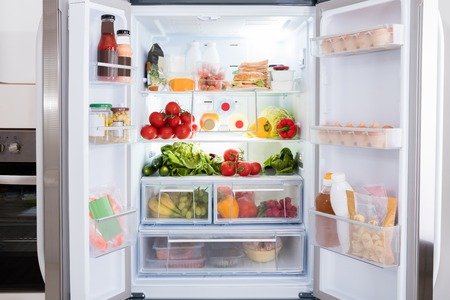


 This is the hardest part of moving, but it really pays: discard everything you can before you start packing. Here are some suggestions on how to approach this.
This is the hardest part of moving, but it really pays: discard everything you can before you start packing. Here are some suggestions on how to approach this.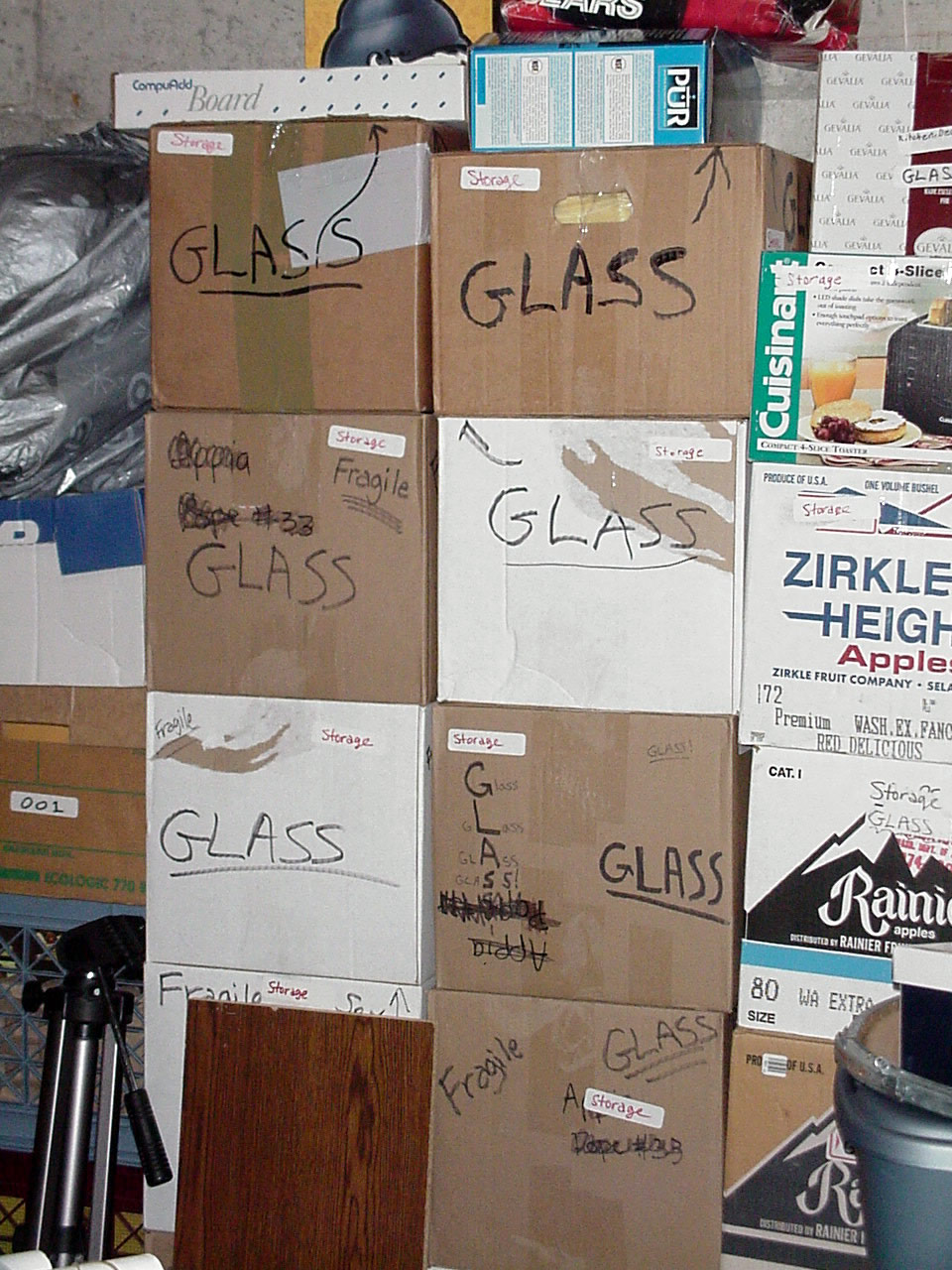 Moving into a new home is exciting but packing and unpacking – not so much. But if you approach the process in a smart way you will save yourself a lot of headaches and frustrations. This series of blogs will help you make a smooth transition from your current home to your new one.
Moving into a new home is exciting but packing and unpacking – not so much. But if you approach the process in a smart way you will save yourself a lot of headaches and frustrations. This series of blogs will help you make a smooth transition from your current home to your new one.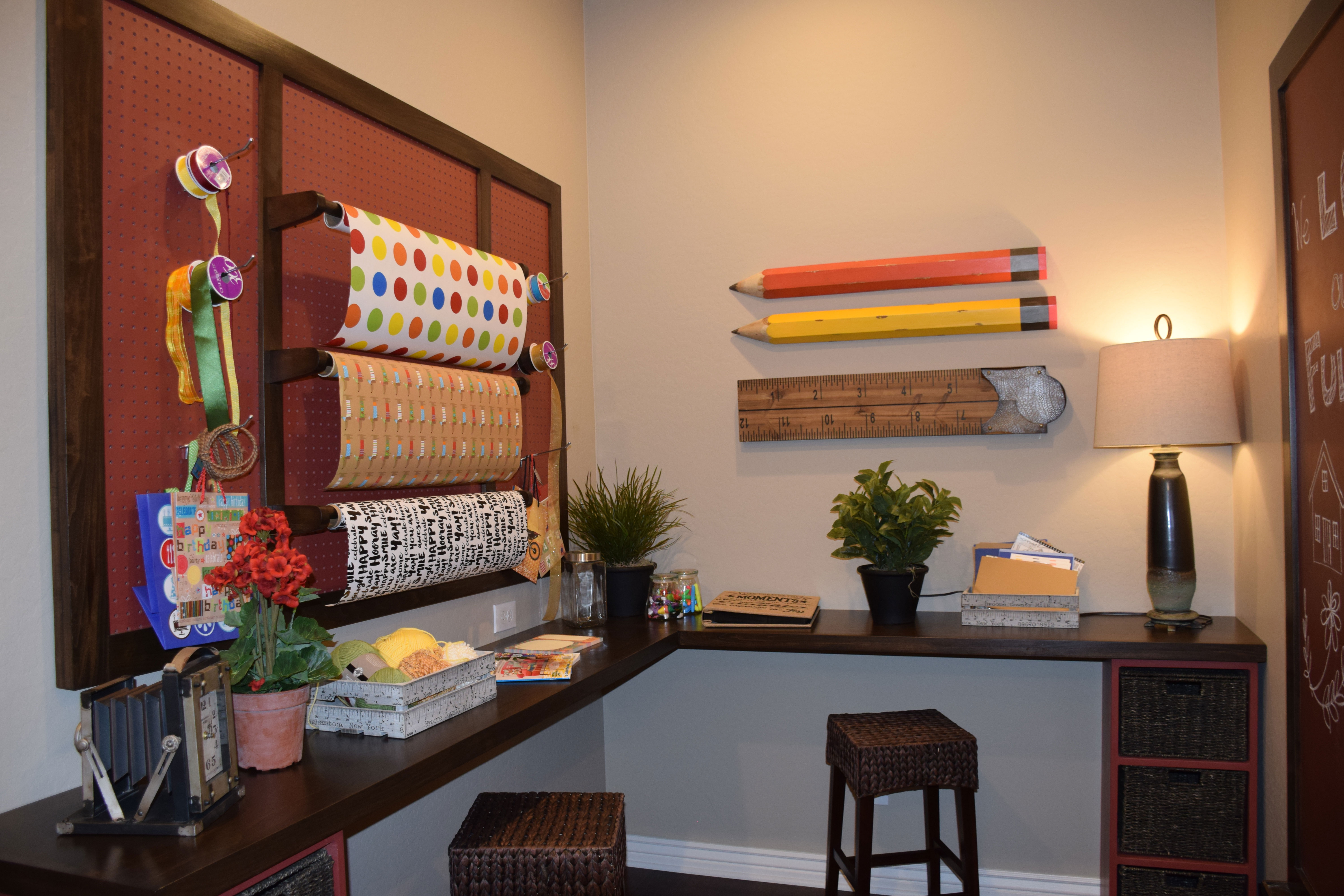 Are you wondering what to do with that extra wall in your laundry room, garage or den? Here’s a great idea that is as useful as it is decorative: create a gift-wrap center. Start by installing several large peg boards. This display, visible at the Fulton Home models in Warner Groves at Morrison Ranch, used some nice wood to frame them, making the boards look finished. You can prime and paint the peg boards to match the colors in the room.
Are you wondering what to do with that extra wall in your laundry room, garage or den? Here’s a great idea that is as useful as it is decorative: create a gift-wrap center. Start by installing several large peg boards. This display, visible at the Fulton Home models in Warner Groves at Morrison Ranch, used some nice wood to frame them, making the boards look finished. You can prime and paint the peg boards to match the colors in the room.
